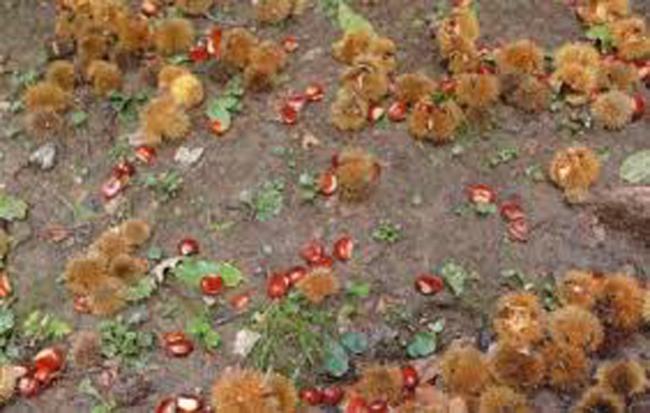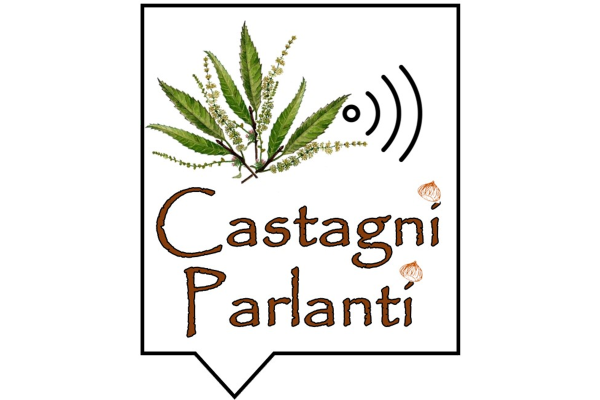New techniques for monitoring the carbon balance and the state of health of wood and fruit chestnut trees

Assessment of the ecological footprint of chestnut restoration to fruit cultivation within a forest matrix, in terms of carbon fixation and sequestration in the soil-plant system, water use and land cover. Obtainment of operational indications for an effective and sustainable chestnut forest management for combined wood and fruit production
Recovery of the chestnut grove into a cultivation state and selection of a subset of plants. The chestnut trees will be continuously monitored with the innovative TreeTalker system and, for validation, partly also with Monitoring PAM sensors. The great quantity of data received by the plants will be crossed with a set of climatic and environmental variables. Data analysis will lead to a deeper understanding of the interaction between chestnut growing, forest management and the environment. The contents will be made accessible to forest operators, experts and citizens through targeted media: workshops, web portal, downloadable app and training classes for technical operators.
In most of the Italian Apennines the chestnut grove is evolving towards a mixed forest with an important presence of Castanea sativa Mill. lacking the structural characteristics necessary for the traditional production of fruit. Faced with this process of re-naturalization, the Emilia-Romagna Region recognizes the desirability of maintaining fruit-bearing chestnut growing in the Apennines, as a resource for the mountain economy and as a characterizing element of the landscape and tradition. The recovery of the chestnut grove to the topical crop is, however, expected only in the most suitable
conditions, considering not only the phytoclimatic zone but also the appropriate micro-site conditions, thus proceeding with recovery interventions on small surfaces (<500 square meters) inside of a forest matrix (Art. 30, Emilia-Romagna Forest Regulation).
The aim of the project is to assess the ecological footprint of this recovery to the topicality of cultivation, in terms of carbon fixation and sequestration in the soil-plant system, water use and land cover.
The project therefore proposes to (i) disseminate methods of analysis of stational suitability (Land Suitability Analysis) for the identification of areas potentially suited to recovery in the current situation; (ii) apply smart and low-cost technologies to monitor the environmental impact and on the cycle of the recovery of the chestnut grove; (iii) apply the same methodologies to monitor the response of the chestnut to climate change.
Innovative, low cost techniques will allow chestnut growers to monitor the status of their plants (both
wood and fruit chestnut growing), and the development of plants after interventions and facing
environment changes, in a perspective of precision forest management (similar to precision farming).
Atti del convegno finale del GO Castagni Parlanti
Emilia-Romagna, I Gruppi Operativi, Impronta carbonica, PEI-AGRI| Titolo/Descrizione | Url | Tipologia |
|---|---|---|
|
Sito web del progetto
|
Sito web
|
|
|
Booklet Castagni Parlanti
|
Materiali utili
|
|
|
Scarica l'App
|
Materiali utili
|
|
|
Article in "Rivista di Divulgazione di Cultura Agraria"
|
Materiali utili
|
|
|
EIP Agri Inspirational Ideas
|
Link ad altri siti che ospitano informazioni del progetto
|
|
|
Il video del progetto
|
Materiali utili
|
|
|
Final presentation
|
Materiali utili
|
|
|
Pagina web del progetto sul sito Open Field
|
Link ad altri siti che ospitano informazioni del progetto
|
